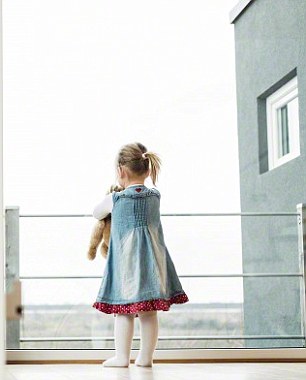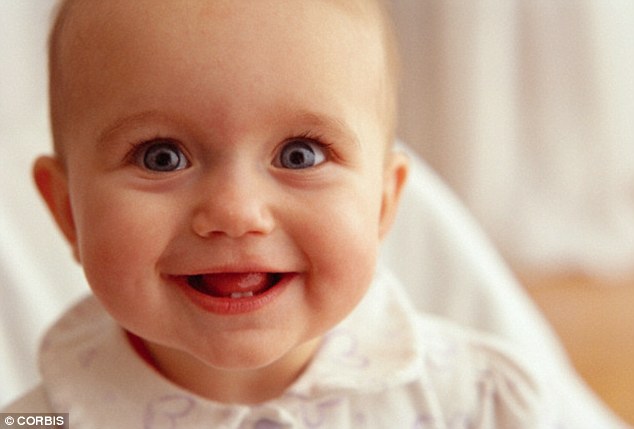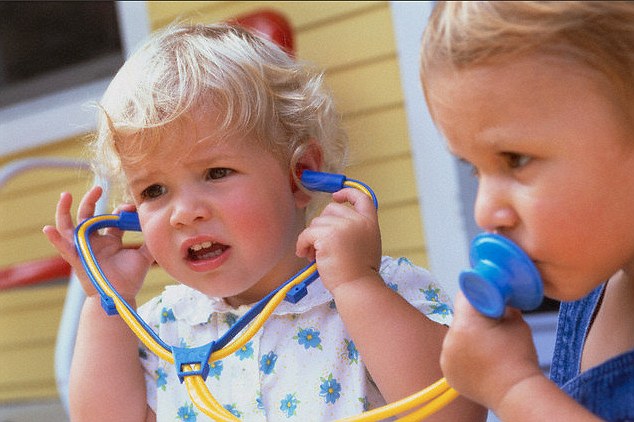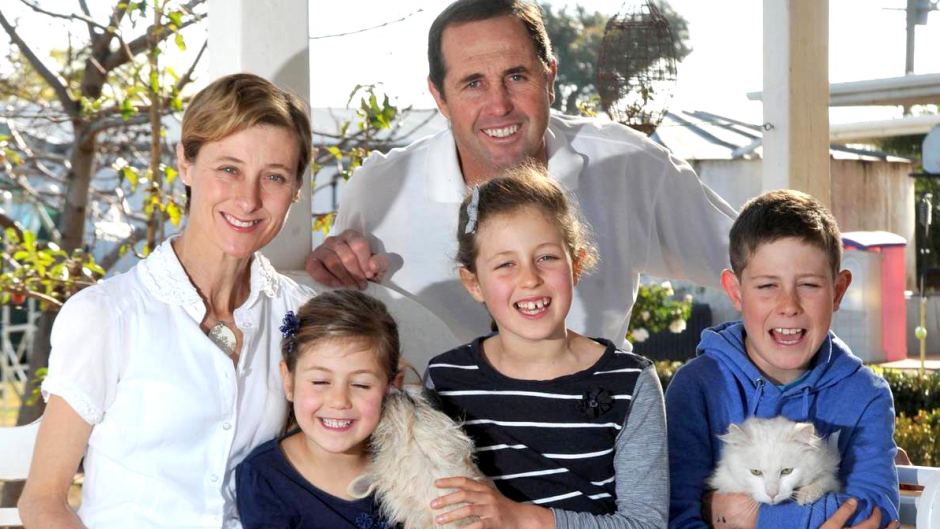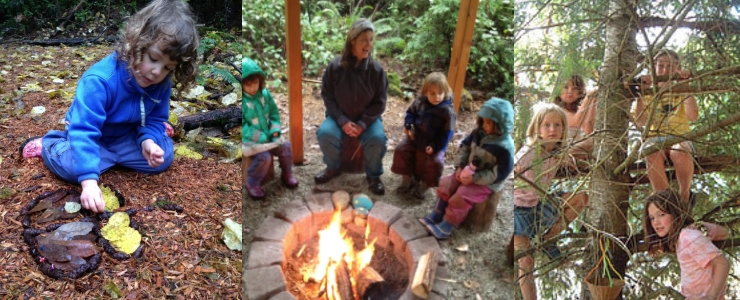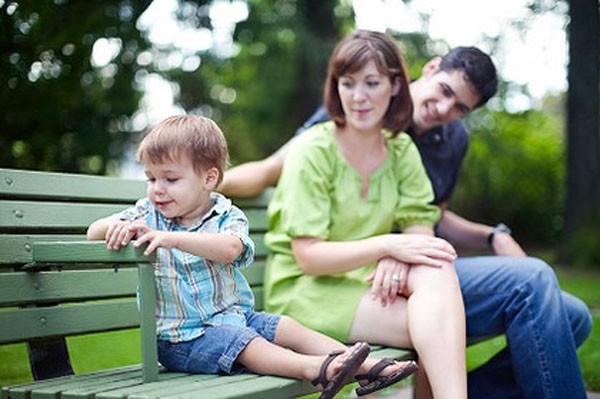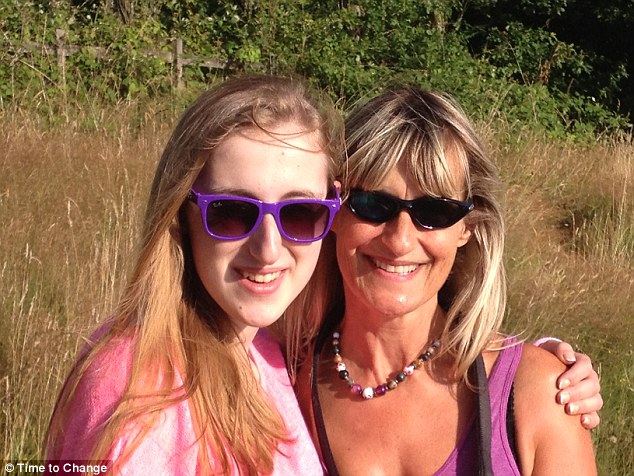Worried Your Child Has Autism?
A leading expert has revealed the five biggest indicators that a child may have autism. Connie Kasari, a professor of Human Development and Psychology at UCLA, says her aim is to try and dispel some of the mystery that surrounds the condition.
Autism Spectrum Disorder (ASD) affects 1 per cent of the global population, according to figures from the Centers for Disease Control and Prevention. A lifelong developmental disability, it affects how a person communicates with, and relates to, other people. It also affects how they make sense of the world around them. The CDC figures also show that cases are rising steadily - with autism the fastest-growing developmental disability worldwide. One in every 68 children today will have some form of the disorder - an increase from 1 in 88 in 2012, and 1 in 110 in 2010. Professor Kasari says early diagnosis is crucial, so that a child can receive as much help and support as possible. 'As many studies have now shown, early intervention is critical for the best outcomes in children with autism, and many believe the earlier the better,' she said. 'Only with a diagnosis can parents begin to obtain necessary intervention services for their child.'
Because autism is widely misunderstood, Professor Kasari has identified five questions that can help for parents and caregivers recognise the signs. Commenting on them, she said: 'It is important to note that in each of the five areas that we have flagged we are most concerned with behaviors that are absent or occur at very low rates. 'The absence of certain behaviors may be more difficult to pinpoint than the presence of atypical behaviors. 'But concerns in any of the five areas above should prompt a parent to investigate screening their child for autism.' Does the baby respond to his or her name when called? Typically developing infants will respond to their own name by turning their attention toward the person who called out to them. Yet babies who are later diagnosed with autism often don't react to hearing their name called; only about 20 per cent of the time do babies later diagnosed with autism turn and look at the person who called to them. Babies with autism often selectively respond to sounds; for example, a baby with autism might not acknowledge a parent calling their name, but they may react suddenly to a television being turned on. Parents often mistakenly suspect their child has a hearing problem. Does the young child engage in 'joint attention'? Joint attention refers to an action when a child joins with another person to look at the same object or watch the same activity. Typical babies will shift their gaze from people to objects; look in the direction of where a hand is pointing; or show toys or other objects to others. For example, a baby might point to a puppy and look to his or her parent as if to say, 'Look at that!' However, a child with autism will not often look in the direction pointed to by someone, not look back and forth from objects to people, nor show or point out an object or toy to a parent. Does the child imitate others? Typical babies will mimic others, whether through facial movements (making a funny face, for example), making a particular sound with their voice, or waving, clapping or making other similar gestures. Babies with autism, however, will much less frequently mirror another's facial movements or hand gestures, and they will imitate less often using objects. Does the child respond emotionally to others? Babies are responsive to others; they smile when someone smiles at them, and initiate smiles or laughs when playing with toys or others. And when a typical child sees another child cry, they may cry themselves or act concerned. Yet a child with autism may not respond to someone's smile or an invitation to play, and they may seem unaware of the distress or concerns of others. A child with autism can be emotionally unresponsive to others.
Does the baby engage in pretend play? Young children love to 'pretend play' - to act like they are a mum or dad, a baby, a horse or dog, etc. This ability to 'pretend play' typically develops at the end of the second year. For example, a child may pretend to be a mom to a doll and wipe imaginary tears away, brush its hair or cook dinner for its doll on a toy stove. In contrast, a child with autism may not connect with objects at all, or in playing with certain toys, will focus exclusively on one toy over others, or may obsessively pay more attention to the movement of their own hands. Generally, an ability to pretend play is absent in children with autism under 2 years of age. Written By Anna Hodgekiss Retrieved From:
|
|





